On 21 November 1840 Queen Victoria had her first child, and she was disappointed to discover that it was a daughter, who she named Victoria, but she was called Vicky.Victoria, Princess Royal (Victoria Adelaide Mary Louisa) was born on 21 November 1840 at Buckingham Palace. When she was born, the doctor exclaimed sadly: "Oh Madame, it's a girl!" The queen replied: "Never mind, next time it will be a prince!"
Three doctors attended Queen Victoria during labour: Dr Locock, Dr Ferguson and Mr Blagden.
Sir Charles Locock, 1st Baronet (21 April 1799 – 23 July 1875) was an obstetrician to Queen Victoria. He opened his own obstetrical practice, which became the largest in London. In 1840 he became the first obstetrician to Queen Victoria, and was the attending doctor for the births of all her children.
Robert Ferguson (1799–1865) was a Scottish physician. He became a fellow of the College of Physicians in 1837, and afterwards councillor and censor. In 1840 he was appointed physician-accoucheur to the queen, in which capacity he attended, along with Sir Charles Locock, at the birth of all her majesty's children.
In 1844 John Gibson made a sculpture of Queen Victoria. John Gibson (19 June 1790 – 27 January 1866) was a Welsh neoclassical sculptor. He is famous for his statues of Sir Robert Peel (Westminster Abbey), William Huskisson (St George's Square) and Queen Victoria (Houses of Parliament).
Victoria's favourite portrait of herself was the one by Franz Xaver Winterhalter. Franz Xaver Winterhalter (20 April 1805 – 8 July 1873) was a German painter and lithographer, known for his flattering portraits of royalty and upper-class society in the mid-19th century. The painting is of small dimensions and depicts the queen in an intimate moment, in a minimally painted white ruffled dress.
Albert Edward 9 November 1841 – 6 May 1910) was the second child and eldest son of Queen Victoria and Prince Albert of Saxe-Coburg and Gotha, Edward, nicknamed "Bertie", was related to royalty throughout Europe. He was Prince of Wales and heir apparent to the British throne for almost 60 years.
Princess Alice (Alice Maud Mary; 25 April 1843 – 14 December 1878) was the third child and second daughter of Queen Victoria of the United Kingdom and Prince Albert of Saxe-Coburg and Gotha.
Alfred Ernest Albert, nicknamed Affie, (6 August 1844 – 30 July 1900) was the second son and fourth child of Queen Victoria and Prince Albert.
Princess Helena (Helena Augusta Victoria; 25 May 1846 – 9 June 1923) was the third daughter and fifth child of Queen Victoria and Prince Albert.
Princess Louise (Louisa Caroline Alberta; 18 March 1848 – 3 December 1939) was the sixth child and fourth daughter of Queen Victoria and Prince Albert.
Prince Arthur (Arthur William Patrick Albert; 1 May 1850 – 16 January 1942) was the seventh child and third son of Queen Victoria of the United Kingdom and Prince Albert of Saxe-Coburg and Gotha.
Sarah Lyttelton was the governess of the royal children. Sarah Lyttelton, Baroness Lyttelton (née Spencer; 29 July 1787 – 13 April 1870) was a British courtier. In April 1843, she was appointed governess to the royal children, who continued to call her "Laddle", even once they were grown.
Albert introduced a renovated idea of Christmas trees. Prince Albert significantly popularized the Christmas tree tradition in Britain, though it wasn't entirely new. He and Queen Victoria, through their prominent display of decorated Christmas trees in the royal household, helped make it a popular holiday custom in England, particularly among the middle class, starting in the 1840s.
In 1850 Lehzen had been removed from court because Albert did not like her. Lehzen and Albert developed a dislike for each other; she regularly thwarted Albert's will in the running of the household; meanwhile, he found her personally repellent and unworthy of befriending the queen, openly referring to her as "the hag" and a "crazy stupid intriguer". To Albert, Lehzen was a servant who had attempted to rise above her place in life, and he wanted Victoria to rely on him alone. Lehzen accepted the fiction of ill health, and agreed to depart.
In 1854 Queen Victoria and her family spent holiday time in Osborne House in the Isle of Wight. Osborne House is a former royal residence in East Cowes, Isle of Wight, United Kingdom. The house was built between 1845 and 1851 for Queen Victoria and Prince Albert as a summer home and rural retreat.
In Osborne House there was Swiss Cottage, which Albert had build for his children. The Swiss Cottage at Osborne House was built by Prince Albert for his nine children as a place for them to learn practical skills and engage in imaginative play. It was designed as a miniature version of a home, where the royal children could learn about cooking, sewing, gardening, and other household tasks.
In 1853 Victoria had her eighth child. Prince Leopold, Duke of Albany (Leopold George Duncan Albert; 7 April 1853 – 28 March 1884) was the eighth child and youngest son of Queen Victoria and Prince Albert. Leopold.
One of their guests was Maharaja Duleep Singh, who had been deposed by the British at the age of ten, and at fifteen he was exiled. Maharaja Sir Duleep Singh (6 September 1838 – 22 October 1893) was the last Maharaja of the Sikh Empire. He was befriended by Queen Victoria. He was also invited by the Queen to stay with the Royal Family at Osborne, where she sketched him playing with her children and Prince Albert photographed him, while the court artist, Winterhalter, made his portrait.
Queen Victoria showed Duleep Koh-i-noor, a jewel that had belonged to him, but the British took it to England. The Koh-i-Noor is one of the largest cut diamonds in the world. The diamond then changed hands between various empires in south and west Asia, until being given to Queen Victoria after the Second Anglo-Sikh War and the British East India Company's annexation of the Punjab in 1849, during the reign of the then 11-year-old Maharaja of the Sikh Empire, Duleep Singh.
Princess Vicky would marry the Prussian Prince. Victoria was married at the age of 17 to Prince Frederick of Prussia, with whom she went on to have eight children.
In 1856 Victoria and Albert were in Balmoral, which they had bought. Balmoral Castle is a large estate house in Aberdeenshire, and a residence of the British royal family. The estate and its original castle were bought from the Farquharson family in 1852 by Prince Albert, the husband of Queen Victoria.
Dr Clark and Florence Nightingale visited the Queen in Balmoral as Florence wanted to request measures to improve the medical service for the army.
Florence Nightingale ( 12 May 1820 – 13 August 1910) was an English social reformer, statistician and the founder of modern nursing. Nightingale came to prominence while serving as a manager and trainer of nurses during the Crimean War.
In 1861 Queen Victoria and some of her children went to Curragh Plain in Ireland where Bertie was training in the army. The Curragh is a flat open plain in County Kildare, Ireland. This area is well known for horse breeding and training.
Queen Victoria and her daughters were wearing crinolines, which had been popularised by Empress Eugenie in her visit to England in 1855. A crinoline is a stiff or structured petticoat designed to hold out a skirt, popular at various times since the mid-19th century.
In Ireland he was said to have lost his virginity to someone with the initials NC. Determined to get some army experience, he attended manoeuvres in Ireland, during which he spent three nights with an actress, Nellie Clifden, who was hidden in the camp by his fellow officers. Nellie Clifden was a nineteenth-century actress, believed to be of Irish extraction. She is known for her brief sexual relationship with the 19-year old Albert Edward, Prince of Wales (Bertie), prior to his marriage to Princess Alexandra of Denmark. She met him at a party in England and again when the Prince was spending 10 weeks at Curragh Camp in Ireland with the Grenadier Guards in the late summer of 1861.
It is believed that the woman who liaised with Bertie was a wren. The Wrens of the Curragh were a community of women in nineteenth-century Ireland who lived outside society on the plains of Kildare, many of whom were sex workers at Curragh Camp.
Albert and Victoria learnt about Berrtie's horrifying behaviour. They wanted him to marry Princess Alexandra of Denmark, who he did marry. Alexandra of Denmark (Alexandra Caroline Marie Charlotte Louise Julia; 1 December 1844 – 20 November 1925) was chosen as the future wife of Albert Edward, Prince of Wales, at the age of sixteen. The couple married eighteen months later in 1863.
Shortly after Bertie's ventures with women, his father fell sick and died. On 9 December 1861, one of Albert's doctors, William Jenner, diagnosed him with typhoid fever. Albert died at 10:50 p.m. on 14 December 1861 in the Blue Room at Windsor Castle, in the presence of the Queen and five of their nine children. He was 42 years old.
Sir William Jenner (30 January 1815 – 11 December 1898) was a significant English physician primarily known for having discovered the distinction between typhus and typhoid. He attended both the Prince Consort and the prince of Wales in their attacks of typhoid fever.





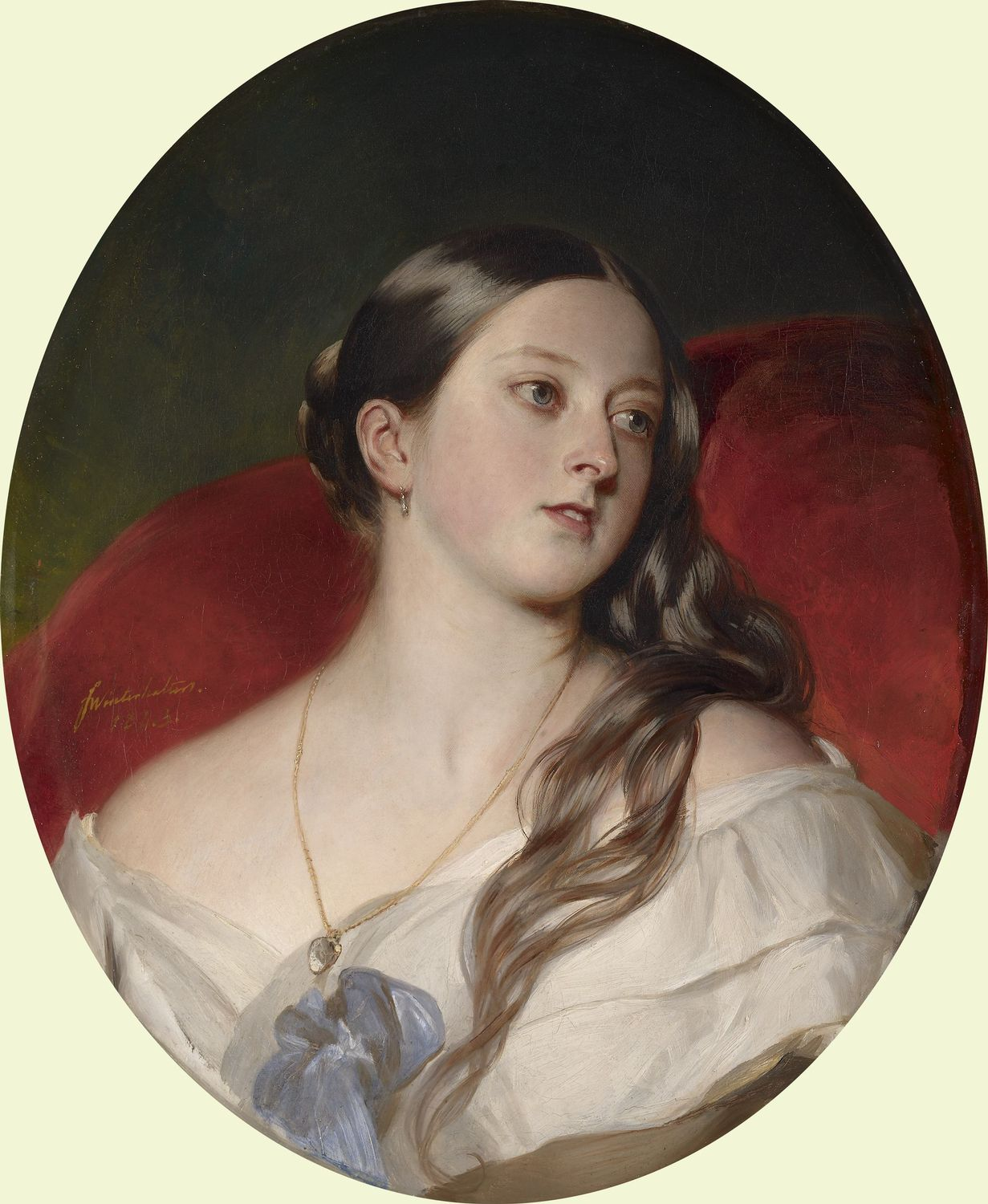





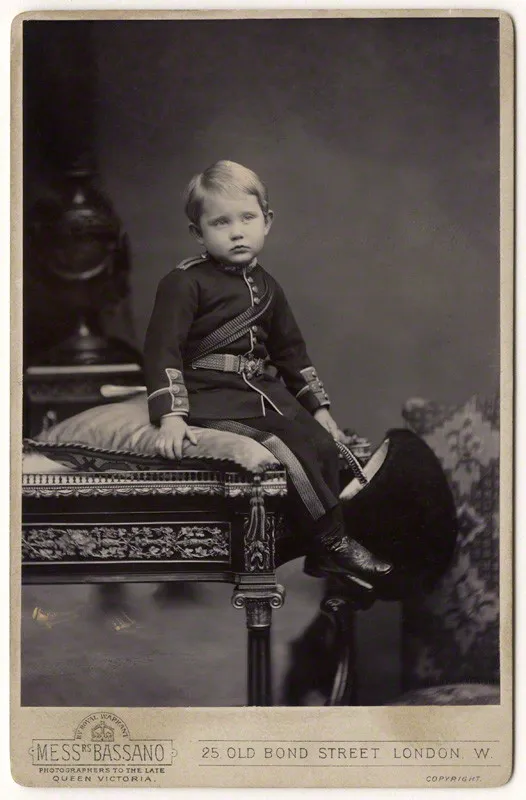




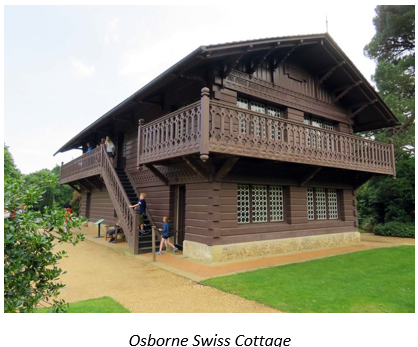



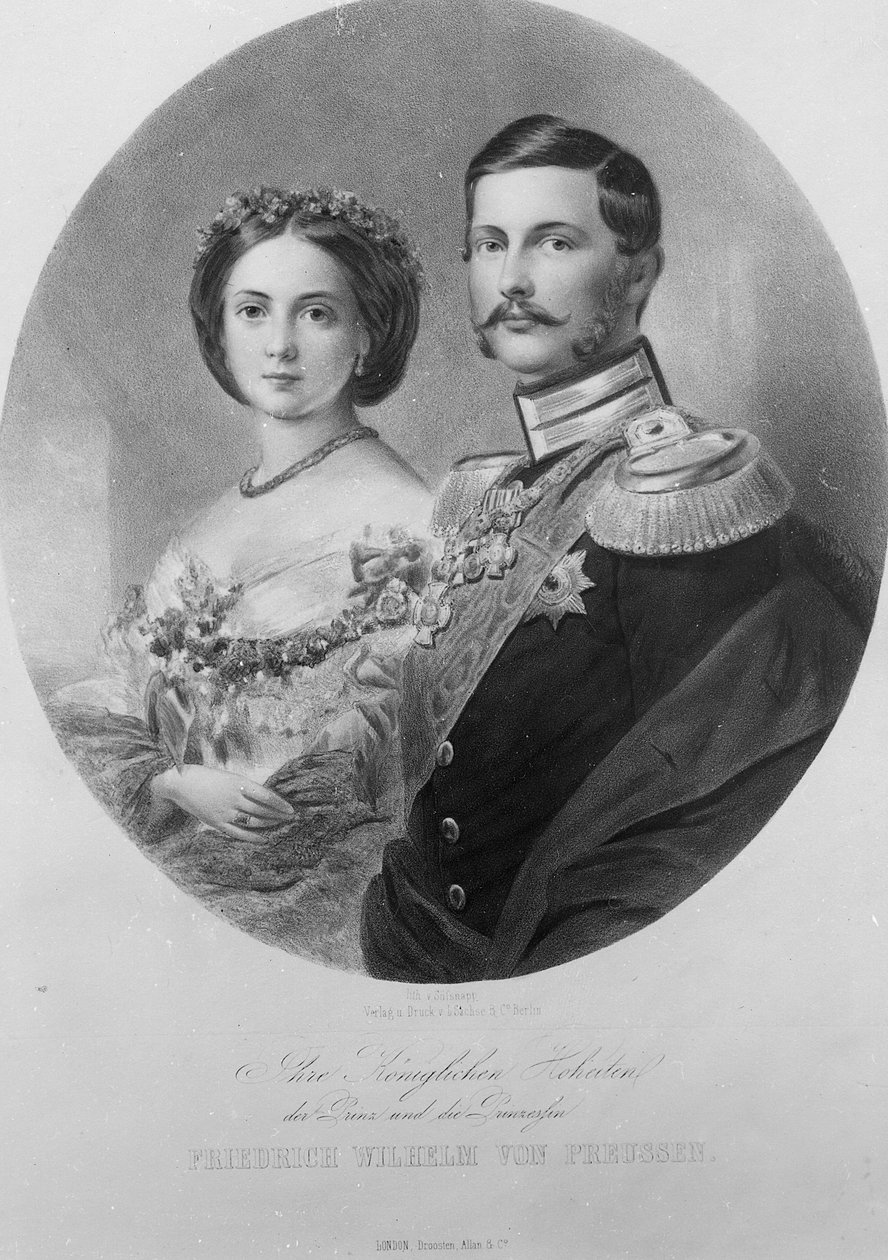



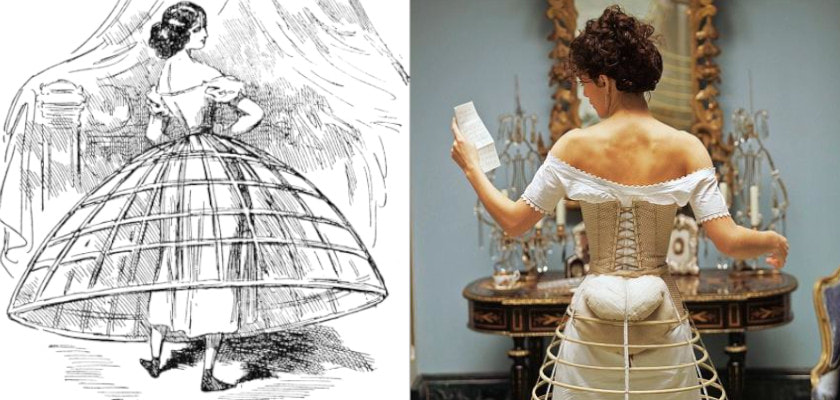





No comments:
Post a Comment